Переводчимк: The Art and Science of Translation
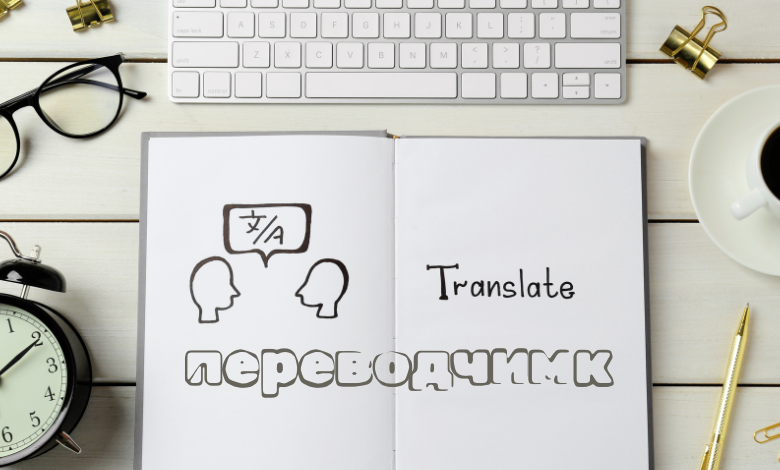
In the grand tapestry of human communication, translation is the thread that weaves diverse cultures and languages together. Переводчимк, the Russian word for translation, embodies the elaborate and captivating method of shifting that means from one language to any other. Translation is extra than simply swapping phrases; it’s approximately conveying context, emotion, and cultural nuances. In our globalized international, the importance of correct translation cannot be overstated—it bridges gaps, fosters expertise, and opens up new realms of understanding and revel in.
The History of Translation
Translation is as old as language itself переводчимк. Ancient texts, along with the Rosetta Stone, endure witness to the early efforts of humanity to apprehend and speak throughout linguistic barriers. These early translations laid the foundation for the development of civilizations, permitting the spread of spiritual, philosophical, and scientific ideas.
Evolution of Translation Techniques
Over the centuries, translation techniques have evolved dramatically. Traditional strategies relied closely on the translator’s deep knowledge of both the source and target languages. These painstaking efforts frequently worried massive groups of students operating over a few years. In comparison, modern translation leverages advanced era to enhance accuracy and efficiency.
Literary Translation
Literary translation is an artwork shape in itself. Translating literature and poetry calls for a deep appreciation of the supply fabric’s aesthetic and emotional nuances. A skilled literary translator need to balance constancy to the original textual content with the innovative freedom to evoke the identical feelings inside the goal language переводчимк .
Technical Translation
Technical translation, on the other hand, needs precision and readability. Translators in specialised fields which include medicinal drug, law, and engineering should have situation count number know-how to appropriately carry complicated information. Errors in technical translation may have critical outcomes, making this kind of translation particularly tough and essential.
Localization and Globalization
Localization is going beyond mere translation; it includes adapting content material to healthy the cultural and societal norms of a specific region. This is essential for businesses aiming to go into worldwide markets. Effective localization can make a product or service experience native to the target market, fostering accept as true with and engagement.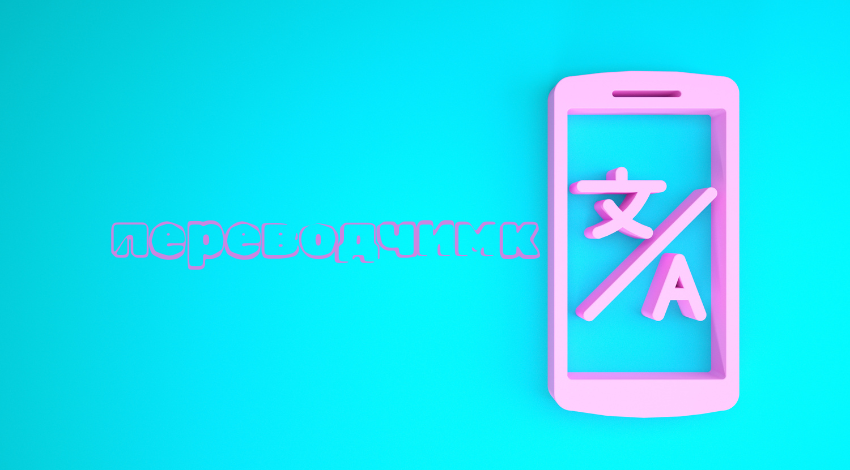
The Role of the Translator
Translators are the unsung heroes of the globalized world. They possess a completely unique combo of linguistic ability, cultural insight, and problem count information. Professional translators frequently specialise in unique fields, permitting them to cope with the intricacies of technical jargon and industry-unique terminology.
Steps in the Translation Process
The translation method typically entails several degrees:
- Initial Reading: Understanding the context and nuances of the supply material.
- Drafting and Editing: Creating a first draft and refining it to ensure accuracy and clarity.
- Proofreading and Final Touches: Ensuring the final model is polished and freed from errors.
Language Nuances and Idioms
One of the most important demanding situations in translation is handling language nuances and idioms. These frequently deliver cultural meanings that don’t translate without delay. A professional translator have to locate creative methods to deliver the same which means with out dropping the essence of the authentic expression.
Maintaining the Author’s Voice
Translating a textual content even as retaining the writer’s voice is a delicate balancing act. The translator should live real to the original message and fashion, ensuring that the translated text resonates with the identical authenticity as the supply cloth.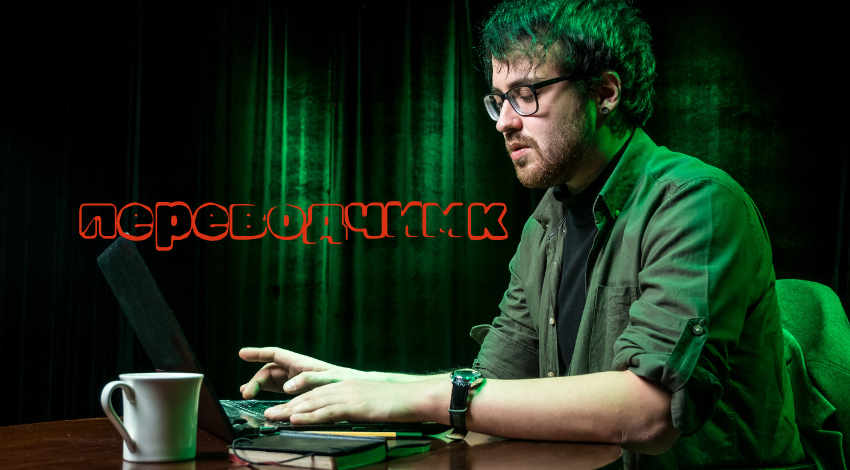
Technical Jargon and Specificity
Navigating specialized vocabulary is any other large challenge. Translators have to be properly-versed in the technical language of the situation rely to supply accurate and reliable translations. This regularly requires ongoing schooling and expert improvement.
Translation Software and Tools
The introduction of Computer-Assisted Translation (CAT) tools has revolutionized the sector. These gear help translators control large projects, make certain consistency, and streamline the translation process. They offer valuable assist, particularly for repetitive or extraordinarily technical texts переводчимк.
Machine Translation
Machine translation, powered by using artificial intelligence, has made vast strides in recent years. While it offers velocity and cost-efficiency, it still falls short in shooting the subtleties of human language. For nuanced and culturally touchy content, human translators stay irreplaceable.
Emerging Trends in Translation
The future of translation is being shaped through fast improvements in AI and device learning. These technology are enhancing the abilities of system translation, making it more accurate and dependable. However, the human contact remains critical for first-rate translation.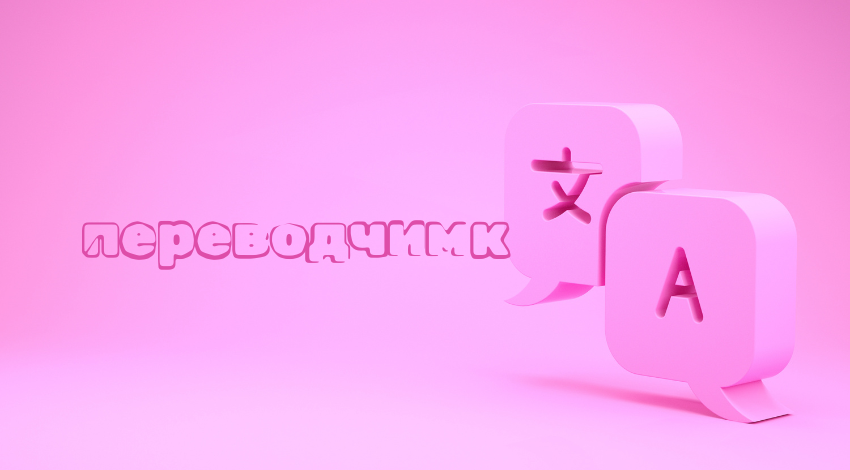
The Future of Human Translators
As technology evolves, human translators will want to adapt. The destiny will likely see a collaborative technique, wherein human expertise and machine performance supplement every other переводчимк . Continuous getting to know and staying abreast of technological trends can be important for translators to thrive.
The Ever-Evolving Field of Translation
Translation is a dynamic and ever-evolving subject. The need for professional translators will continue to grow as the arena will become more interconnected. Despite technological improvements, the artwork and science of translation will constantly require the human contact to absolutely capture the intensity and richness of human language.
Conclusion
Translation is an imperative a part of our interconnected global. From historical texts to trendy era, the adventure of translation has been long and transformative переводчимк. As we appearance to the future, the position of the translator remains essential in bridging linguistic and cultural divides, making sure that verbal exchange across languages keeps to flourish.
FAQs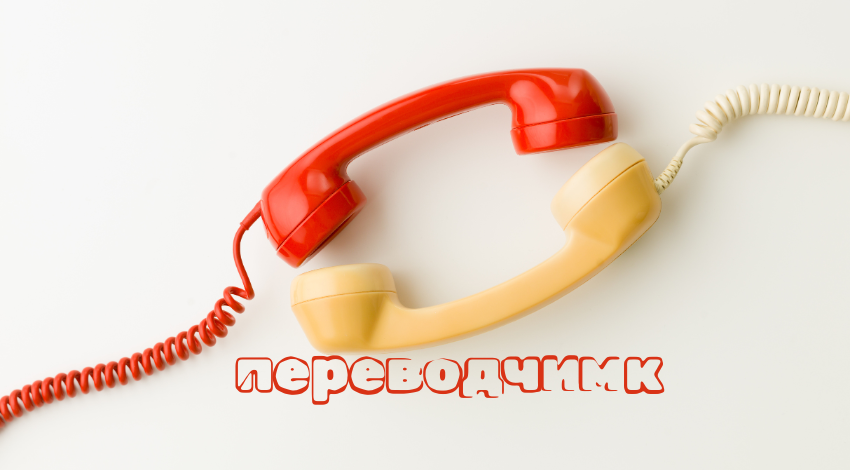 What is the maximum challenging a part of translation?
What is the maximum challenging a part of translation?
The most challenging a part of translation is correctly conveying cultural nuances and idiomatic expressions that don’t have direct equivalents within the goal language переводчимк .
How do translators take care of cultural variations?
Translators handle cultural differences by using very well studying and knowledge the cultural context of both the supply and goal languages, frequently adapting the textual content to make it culturally applicable.
What equipment do professional translators use?
Professional translators use quite a few tools, along with CAT gear like SDL Trados and MemoQ, as well as on-line dictionaries, glossaries, and machine translation aids like Google Translate for preliminary drafts.
Can gadget translation replace human translators?
While machine translation is improving, it can not fully update human translators, specifically for nuanced, culturally sensitive, or innovative content. Human know-how continues to be important for fantastic translation.
How can one come to be a professional translator?
To become a expert translator, one typically wishes a robust command of at least two languages, specialized schooling or a diploma in translation, and revel in in a selected area. Certification from expert our bodies can also decorate credibility and profession possibilities.



